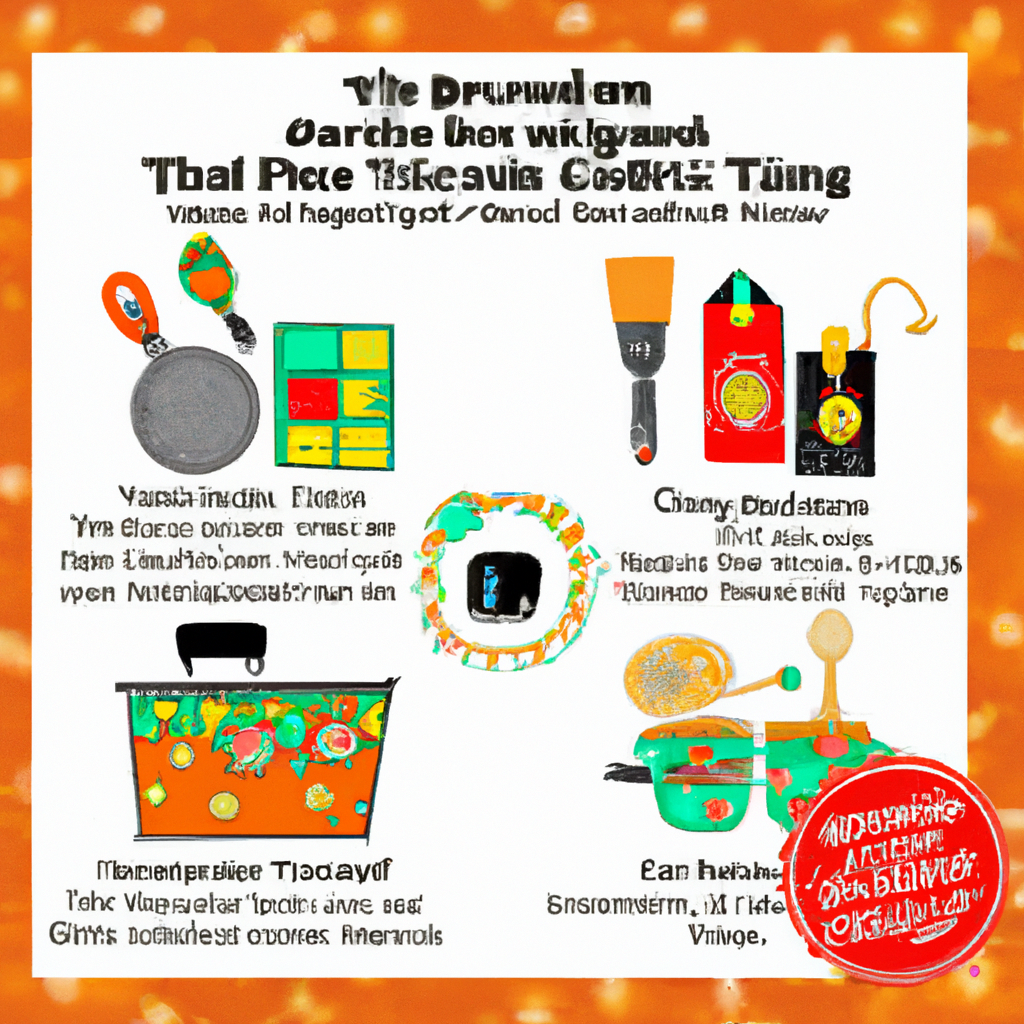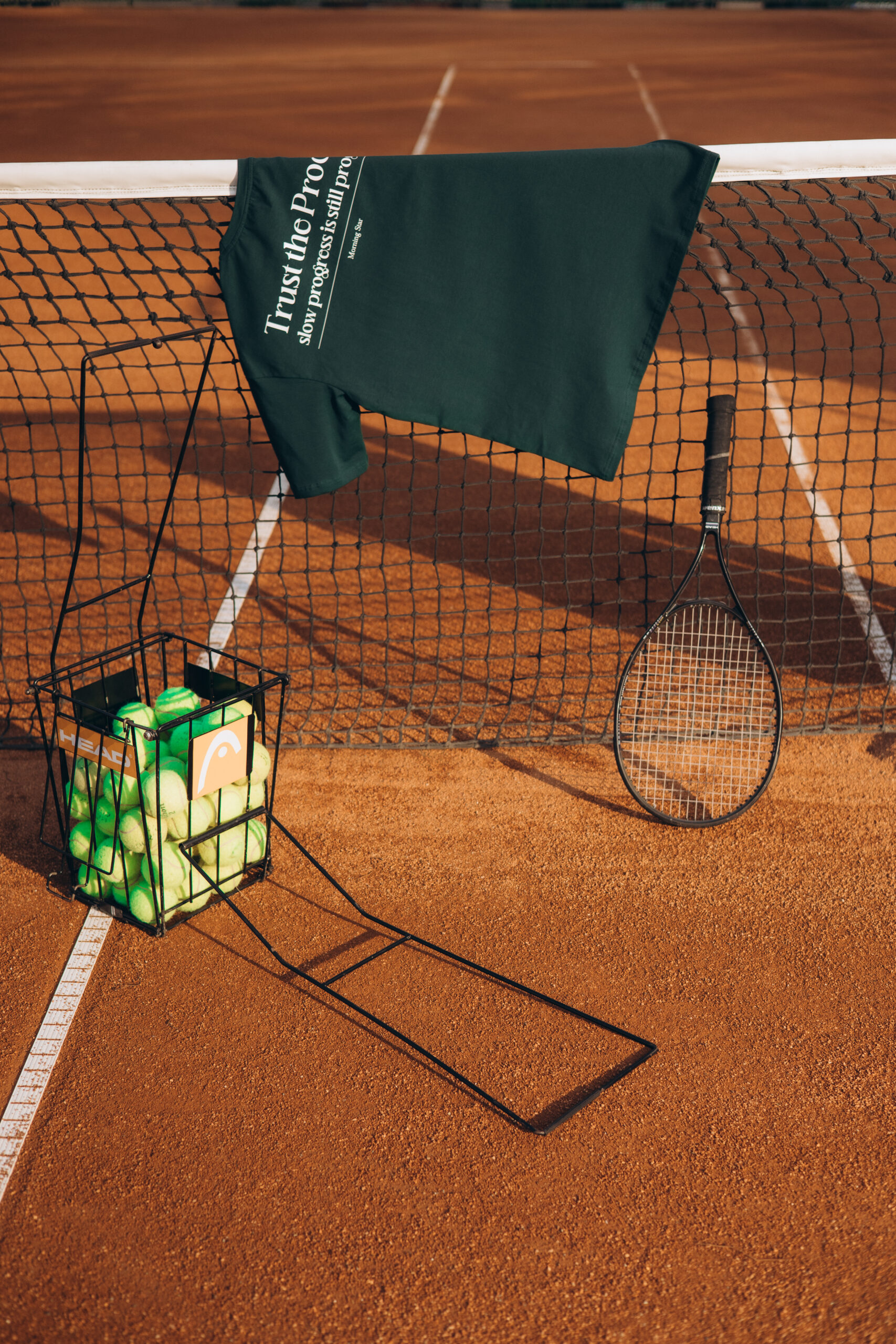
Are you struggling to find the perfect gift for your foodie friend or family member? Look no further than a cooking gift basket filled with essential kitchen items. From the must-have tools to the handy gadgets, these items are sure to elevate their cooking game and bring a smile to their face. Whether they’re a seasoned chef or just starting out in the kitchen, these essential items will be a thoughtful and practical addition to their culinary arsenal. Get ready to impress with your gift-giving skills as you assemble a collection of kitchen essentials that are sure to delight any cooking enthusiast.
Knife Set
Different types of kitchen knives
When it comes to preparing meals in the kitchen, having the right tools is essential. One of the most important tools every chef should have is a good knife set. But with so many different types of kitchen knives available, it can be overwhelming to know which ones you actually need. From chef’s knives to paring knives, each knife has its own unique purpose and functionality. Chef’s knives, for example, are versatile and can be used for various tasks such as slicing, dicing, and chopping. Paring knives, on the other hand, are smaller in size and are perfect for intricate tasks like peeling fruits and vegetables. Other types of kitchen knives include bread knives, utility knives, and boning knives, each designed to cater to specific culinary needs.
Importance of a good knife set
Investing in a high-quality knife set is crucial for anyone who loves to cook. A good knife set not only enhances your cooking experience but also ensures efficiency and precision in the kitchen. A dull or low-quality knife can make simple tasks frustrating and time-consuming. On the other hand, a sharp and well-crafted knife can save you time and effort, making cooking a more enjoyable experience. Additionally, a good knife set can improve the overall taste and presentation of your dishes. When ingredients are sliced or diced properly, they cook more evenly, resulting in better flavors and textures. So, if you want to elevate your culinary skills and take your cooking to the next level, investing in a good knife set is a must.
How to choose a knife set
Choosing the right knife set may seem like a daunting task, but with a little guidance, it becomes much easier. There are a few key factors to consider when selecting a knife set that suits your needs. First, consider the materials used in the knives. High-carbon stainless steel blades are durable and resistant to corrosion, making them a popular choice for professionals and home cooks alike. Additionally, look for knives with ergonomic handles that provide comfort and stability during prolonged use. Another factor to consider is the variety of knives included in the set. Ensure that the set includes all the essential knives you need for your cooking style. Finally, consider your budget. Knife sets can range from affordable to quite expensive, so determine what you are willing to spend and find a set that offers the best quality within that range.
Popular knife set brands
When it comes to knife sets, there are several brands that have established a reputation for producing high-quality products. One popular brand is Wusthof, known for their German craftsmanship and exceptional quality. Their knife sets are highly regarded and are favored by professional chefs worldwide. Another reputable brand is Shun, which specializes in Japanese-style knives known for their sharpness and precision. Shun knives are made using traditional Japanese techniques, and their sets are considered top-notch in terms of both performance and aesthetics. Other notable brands include Victorinox, Global, and Zwilling J.A. Henckels, each offering a range of knife sets to suit different preferences and budgets.
Cooking Utensils
Various kinds of cooking utensils
Cooking utensils are an indispensable part of any kitchen. They come in various shapes, sizes, and materials, each serving a specific purpose in the culinary world. Some of the most common cooking utensils include spatulas, whisks, tongs, ladles, and slotted spoons. Spatulas are versatile tools that can be used for flipping delicate foods like pancakes and fish, while whisks are essential for blending ingredients together smoothly. Tongs are perfect for gripping and turning food, while ladles are ideal for serving soups and stews. Slotted spoons, on the other hand, are great for draining excess liquid from cooked food. These are just a few examples of the many cooking utensils available, each designed to make your cooking experience easier and more enjoyable.
Materials used in cooking utensils
Cooking utensils can be made from a variety of materials, each offering its own set of advantages and disadvantages. Common materials used in cooking utensils include stainless steel, silicone, wood, and plastic. Stainless steel utensils are durable, heat-resistant, and easy to clean, making them a popular choice in many kitchens. Silicone utensils are heat-resistant and non-stick, making them perfect for use with non-stick cookware. Wood utensils are gentle on cookware surfaces, preventing scratches and maintaining the integrity of your pans. Plastic utensils, while generally more affordable, may not be as durable or heat-resistant as other materials. Consider your cooking style and needs when choosing the material of your cooking utensils to ensure they will serve you well in the kitchen.
Different styles, shapes and sizes of cooking utensils
Cooking utensils come in a wide array of styles, shapes, and sizes, catering to the various tasks performed in the kitchen. Spatulas, for example, can have a flat or slotted design, with some featuring a tapered edge for easy flipping. Whisks can come in different sizes, with some having balloon-shaped heads for maximum aeration. Tongs can vary in length and may have different types of gripping ends, such as scalloped or straight edges. Ladles can have deep or shallow bowls, depending on the serving size you prefer. Slotted spoons may have different hole sizes to accommodate various types of food. With so many options available, you can choose cooking utensils that best suit your cooking style and personal preferences.
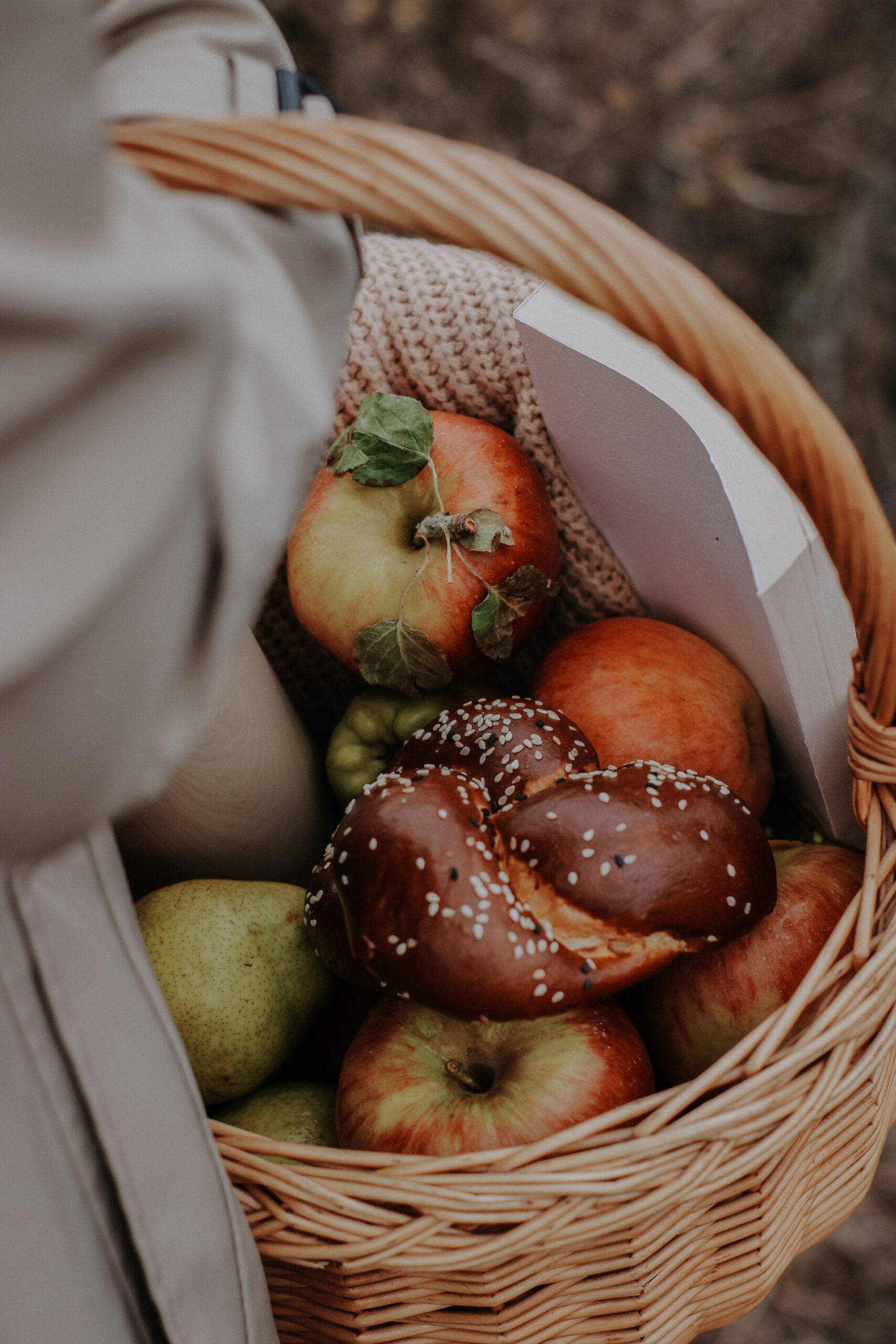
Baking Tools
The essentials for a baking starter kit
Baking is a delightful culinary art that brings joy to many. If you’re new to baking or looking to expand your baking tools collection, there are a few essential items you should consider for your baking starter kit. One of the most crucial tools is a good set of measuring cups and spoons, as accurate measurements are key in baking. Mixing bowls of various sizes are also essential for combining ingredients and preparing doughs and batters. A sturdy whisk ensures smooth and well-incorporated mixtures, while a rubber spatula helps scrape every last bit of batter from the bowl. Rolling pins are essential for flattening dough, and a set of baking sheets is crucial for even baking. With these essential baking tools in your kitchen, you’ll be ready to create delicious treats with ease.
Importance of quality baking tools
When it comes to baking, the quality of your tools can greatly impact the outcome of your baked goods. Investing in quality baking tools is not only a wise decision but also a way to ensure consistent and successful bakes. High-quality measuring cups and spoons, for example, provide accurate measurements, which is crucial for achieving the perfect balance of ingredients. Cheap or flimsy baking sheets may result in uneven baking or burnt bottoms, ruining your creations. Additionally, well-made mixing bowls and whisks contribute to smooth and well-incorporated batters, ensuring a fluffy and delicious end product. By investing in quality baking tools, you can enhance your baking experience and produce baked goods that are both visually appealing and delectable.
Different types of baking pans and their uses
Baking pans come in various shapes, sizes, and materials, each serving a specific purpose in the baking world. The most common types of baking pans include cake pans, loaf pans, muffin pans, and baking sheets. Cake pans are typically round or square and are used for baking cakes of various sizes. Loaf pans are rectangular and are perfect for baking breads and pound cakes. Muffin pans have individual cups and are used to bake muffins, cupcakes, and even savory treats like mini quiches. Baking sheets are flat, shallow pans ideal for baking cookies, pastries, and roasting vegetables. Additionally, there are specialty pans such as Bundt pans, tart pans, springform pans, and more, each designed for specific baked goods. Consider the type of baking you enjoy and the recipes you frequently make when selecting baking pans for your kitchen.
Pots and Pans
Types of pots and pans every kitchen needs
Pots and pans are essential tools in any kitchen, enabling you to cook a wide range of dishes with ease. There are several types of pots and pans that every kitchen should have to ensure versatility and efficiency. A saucepan is a basic necessity, perfect for making sauces, boiling vegetables, and preparing small batches of soup. A sauté pan, with its wide, flat base and tall sides, is great for searing, sautéing, and stir-frying. A stockpot is essential for cooking large quantities of soup, stock, or pasta. A frying pan, also known as a skillet, is versatile and perfect for frying, browning, and cooking meats and vegetables. Lastly, a Dutch oven, with its thick walls and tight-fitting lid, is a multipurpose pot that can be used for braising, stewing, and even baking. With these pots and pans in your kitchen, you’ll be equipped to handle a wide range of cooking needs.
Material considerations for pots and pans
The material of your pots and pans is an important factor to consider as it can affect cooking performance, ease of maintenance, and overall durability. Common materials used in pots and pans include stainless steel, cast iron, non-stick coatings, and copper. Stainless steel is a popular choice due to its durability, excellent heat conduction, and resistance to rust and corrosion. Cast iron offers exceptional heat retention and distribution, making it ideal for dishes that require slow and steady cooking. Non-stick coatings, such as Teflon, provide easy food release and require less oil for cooking, but they may not be as durable as other materials. Copper pans have excellent heat conductivity, allowing for precise temperature control, but they can be quite expensive. Consider your cooking preferences and needs when selecting the material of your pots and pans to ensure they will serve you well over time.
Best brands for pots and pans
When it comes to pots and pans, there are several reputable brands that have gained popularity for their quality and performance. One such brand is All-Clad, known for their premium stainless steel and non-stick cookware. Their pans are durable, offer excellent heat distribution, and are favored by professional chefs. Le Creuset is another renowned brand, specializing in enameled cast iron cookware that is both functional and stylish. Their pots and pans are known for their even heat distribution and the ability to lock in flavors. Other notable brands include Calphalon, Cuisinart, and Lodge, each offering a wide range of pots and pans to suit different budgets and cooking styles. By choosing pots and pans from reputable brands, you can ensure that your kitchen is equipped with high-quality, long-lasting cookware.
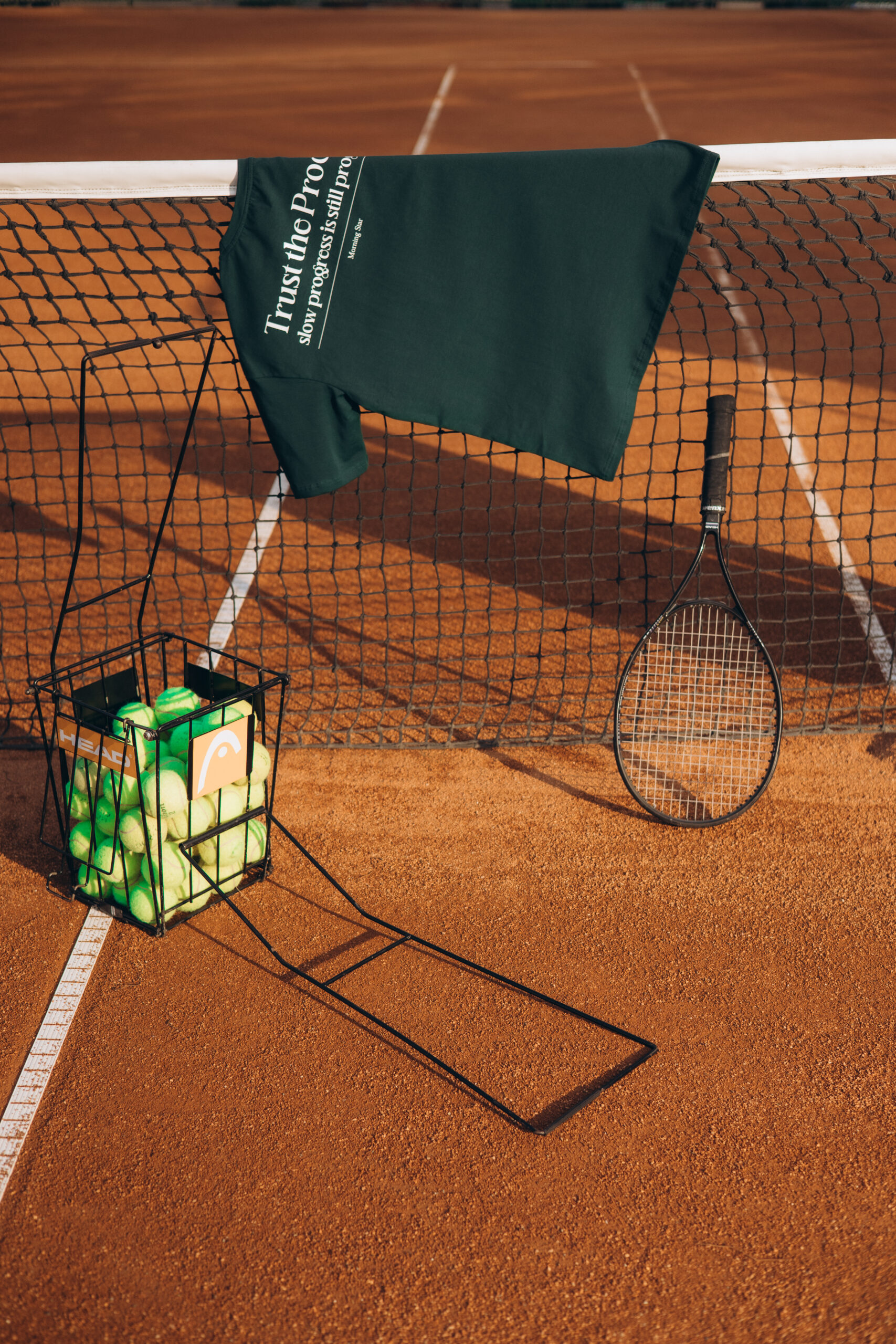
Spice Rack
Importance of a spice rack
A well-stocked spice rack is a must-have for any home cook. Spices add depth, complexity, and flavor to dishes, elevating them from ordinary to extraordinary. Having a variety of spices readily available allows you to experiment with flavors and create delicious meals. A spice rack not only keeps your spices organized but also ensures easy access, saving you time during meal preparation. Additionally, a spice rack can inspire creativity in the kitchen as you explore different flavor profiles and combinations. Whether you’re cooking up a spicy curry or adding a touch of cinnamon to a baked treat, having a well-organized spice rack is essential for maximizing the potential of your culinary creations.
Different styles of spice racks
Spice racks come in various styles, allowing you to display and store your spices in a way that suits your kitchen decor and personal preferences. Wall-mounted spice racks are a popular choice, as they save counter space and provide easy visibility and access to your spices. These racks can be made of wood, metal, or even acrylic, depending on your preferred aesthetic. Another option is a revolving spice rack, which consists of a carousel-style holder that spins for easy selection of spices. These racks are compact and can be placed on countertops or inside cabinets. Additionally, there are magnetic spice racks that can be attached to the refrigerator or other magnetic surfaces, providing a space-saving solution. Consider your kitchen layout and desired level of visibility when selecting a spice rack style that best fits your needs.
How to organize a spice rack
Organizing your spice rack is essential for easy access and efficient meal preparation. There are several methods you can use to keep your spices organized and easily identifiable. One common method is alphabetical organization, where spices are arranged in alphabetical order for quick and easy retrieval. Another option is categorizing spices based on their intended use, such as grouping baking spices together or placing commonly used spices in a separate section. You can also organize spices by cuisine, grouping together spices commonly used in certain types of cuisine, such as Indian or Italian. Whichever method you choose, it’s important to label your spices clearly to avoid confusion. Consider using clear spice jars or labels that indicate both the spice name and date of purchase to ensure freshness. With an organized spice rack, you’ll be able to find your spices effortlessly, saving time and frustration in the kitchen.
Cutting Board
Types of cutting boards
Cutting boards are an essential tool in any kitchen, providing a safe and stable surface for cutting, chopping, and slicing ingredients. There are several types of cutting boards available, each with its own unique characteristics and benefits. Wooden cutting boards are a classic choice, known for their natural beauty and durability. Wood is gentle on knife blades, preventing dulling, and also has natural antimicrobial properties. Another type of cutting board is plastic, which is lightweight, easy to clean, and dishwasher-safe. Plastic cutting boards are often color-coded, with each color representing a specific type of food, minimizing the risk of cross-contamination. Bamboo cutting boards are also popular due to their sustainability and hardness, making them resistant to knife marks. Finally, there are glass cutting boards, which are hygienic, easy to clean, and provide a smooth surface for cutting. However, they can be hard on knife blades and may cause them to become dull quickly. Choose a cutting board that suits your needs and preferences while prioritizing hygiene and knife care.
Choosing the right cutting board
When selecting a cutting board, there are a few important factors to consider. First, consider the size that best suits your cooking needs. A larger cutting board allows for ample workspace and can accommodate larger ingredients, while a smaller board is more portable and better suited for smaller tasks. Additionally, consider the material of the cutting board and how it may affect your knives. Wooden and bamboo cutting boards are gentle on knife blades, helping them stay sharp for longer, while glass cutting boards can quickly dull knives. Hygiene is another important consideration, so choose a cutting board that is easy to clean and maintain. Some cutting boards are dishwasher-safe, while others require hand washing or periodic oiling. Finally, consider the stability of the cutting board. Look for boards with non-slip grips or rubber feet to ensure safety during use. By carefully considering these factors, you can choose a cutting board that meets your cooking needs and enhances your culinary experience.
How to clean and maintain a cutting board
Proper cleaning and maintenance of your cutting board is essential for food safety and longevity. Regardless of the type of cutting board you have, there are a few general guidelines to follow. After each use, wash the cutting board with hot, soapy water, and thoroughly rinse it. If using a plastic cutting board, it can usually be placed in the dishwasher for a more thorough clean. For wooden, bamboo, or glass cutting boards, hand washing is recommended to prevent damage. To remove stubborn stains or odors, create a paste using baking soda and water, apply it to the board, and scrub gently. For wooden or bamboo cutting boards, it’s important to periodically apply a food-safe mineral oil to prevent the wood from drying out and to maintain its natural properties. Allow the cutting board to air dry completely before storing it. By following these cleaning and maintenance practices, you can ensure the longevity of your cutting board and maintain a hygienic kitchen environment.

Measuring Cups and Spoons
Importance of accurate measurements in cooking
Accurate measurements are crucial in cooking, especially in baking, where precise ratios can dramatically affect the outcome of a recipe. Using too much or too little of an ingredient can lead to disappointing results or even recipe failures. Measuring cups and spoons are essential tools for achieving accurate measurements and ensuring recipe success. They allow you to measure both dry and liquid ingredients with precision, ensuring consistency and balance in your culinary creations. Whether you’re measuring flour for a cake or tablespoons of spices for a curry, having reliable measuring tools is key to achieving the desired flavor and texture in your dishes. By investing in quality measuring cups and spoons, you can confidently follow recipes and experiment with new flavors, knowing that your measurements are accurate.
Types of measuring tools
Measuring cups and spoons come in various shapes, sizes, and materials, each designed for different measurement needs. Measuring cups are typically made of plastic, stainless steel, or glass. They are available in both metric and imperial measurements, with some cups featuring both scales for added convenience. Measuring spoons, on the other hand, are smaller in size and are used for measuring smaller quantities of ingredients, such as teaspoons or tablespoons. Similar to measuring cups, they can be made of plastic, stainless steel, or glass. Some measuring spoons are connected by a removable ring, making them easy to keep together and preventing loss. Additionally, there are adjustable measuring cups that allow you to measure different amounts by sliding the cup up or down. Choose measuring tools that are accurate, easy to use, and durable, ensuring they will stand the test of time in your kitchen.
How to use and clean measuring cups and spoons
Using and cleaning measuring cups and spoons is a simple process that can greatly enhance the accuracy of your measurements and overall cooking experience. When measuring dry ingredients, such as flour or sugar, scoop the ingredient into the measuring cup or spoon and level it off with a straight edge, such as a knife, for an accurate measurement. For liquids, pour the liquid into the measuring cup, placing it on a flat surface and ensuring that the measurement is at eye level for precision. After each use, rinse the measuring cup or spoon with warm, soapy water, removing any residue or lingering flavors. If they are dishwasher-safe, they can be placed in the dishwasher for a thorough clean. For stainless steel or glass measuring tools, hand washing is recommended to prevent potential damage. Allow the measuring tools to air dry completely before storing them. With proper use and cleaning, your measuring cups and spoons will serve you well and ensure consistent culinary success.
Kitchen Gadgets
The most useful kitchen gadgets
Kitchen gadgets can be a game-changer in the culinary world, making tasks easier, faster, and more enjoyable. While there are countless gadgets available, some stand out as particularly useful. A stand mixer, for example, is a versatile gadget that can handle various tasks such as mixing, kneading, and whipping. It takes the effort out of manual mixing and ensures consistent results. Another must-have gadget is an immersion blender, which allows you to blend soups, sauces, and smoothies directly in the pot or container, eliminating the need for transferring hot liquids. A food processor is also incredibly useful, with its ability to chop, shred, and puree ingredients in seconds. Other useful kitchen gadgets include mandolines for uniform slicing, microplane graters for zesting and grating, and electric grills for convenient indoor grilling. These gadgets, among many others, can greatly streamline your cooking process and expand your culinary possibilities.
Choosing quality kitchen gadgets
When it comes to kitchen gadgets, quality should be a top priority. Investing in well-made gadgets not only ensures durability but also guarantees optimal performance and safety. Look for gadgets made from high-quality materials such as stainless steel or BPA-free plastics, as these materials are both durable and safe for food contact. Additionally, consider the reputation of the brand and read reviews to gauge the reliability and longevity of the gadget. Features like ergonomic handles, easy-to-use controls, and dishwasher-safe components can also enhance the overall usability of the gadget. Prioritize gadgets that serve multiple purposes or have interchangeable parts, as they offer versatility and save storage space. By investing in quality kitchen gadgets, you’ll not only enjoy the convenience they provide but also have peace of mind knowing that they will withstand the test of time.
Unusual but useful kitchen gadgets
While there are many common kitchen gadgets that are must-haves, there are also some unusual, yet incredibly useful gadgets that can take your culinary experience to new heights. One such gadget is a spiralizer, which turns vegetables like zucchini and sweet potatoes into long, curly noodles, providing a healthy alternative to pasta. A kitchen blowtorch is another unique gadget that can be used for caramelizing sugar on desserts or achieving that perfect char on vegetables and meats. A garlic press is a handy tool that quickly minces garlic cloves, eliminating the need for tedious chopping. A hand-held milk frother can create creamy froth for lattes and cappuccinos in seconds, without the need for an expensive espresso machine. These unusual kitchen gadgets add a touch of creativity and versatility to your cooking repertoire, allowing you to explore new flavors and techniques in the kitchen.
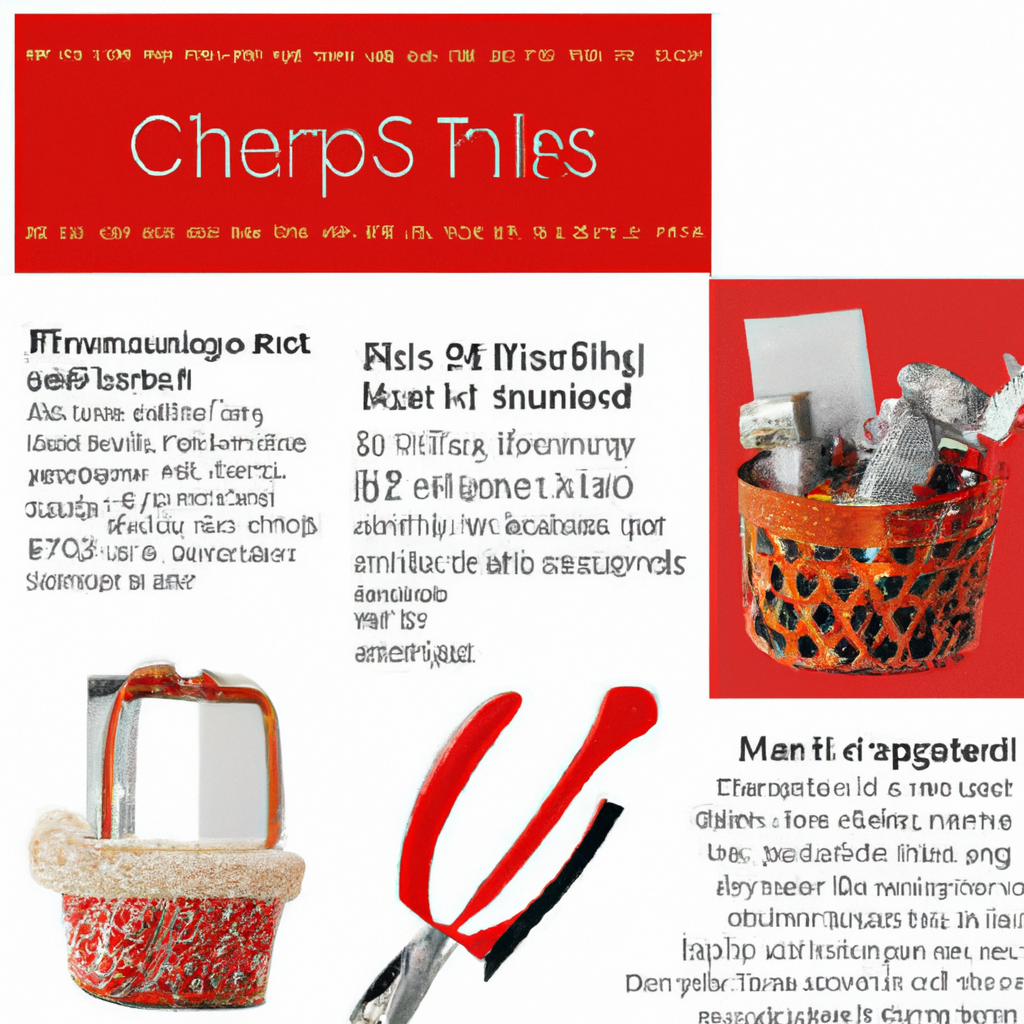
Oven Mitts and Pot Holders
Why every chef needs oven mitts and pot holders
Oven mitts and pot holders are essential for anyone who loves to cook or bake. They provide protection from heat and prevent burns when handling hot dishes, pots, and pans. Oven mitts, typically made of heat-resistant materials such as silicone or Kevlar, cover the entire hand and provide insulation from extreme temperatures. Pot holders, on the other hand, are square-shaped pads that can be placed on countertops or tabletops to hold hot cookware, preventing heat transfer to the surface. Without oven mitts and pot holders, handling hot dishes becomes risky and can result in painful burns. By using these essential kitchen tools, you can confidently handle hot items and ensure your safety in the kitchen.
Choosing the right oven mitts and pot holders
When selecting oven mitts and pot holders, it’s important to prioritize both heat resistance and comfort. Look for oven mitts and pot holders made from high-quality, heat-resistant materials that can withstand extreme temperatures without transferring heat to your hands. Silicone and Kevlar are excellent materials for oven mitts due to their high heat resistance and durability. For pot holders, choose ones with thick padding and multiple layers of insulation for maximum protection. Consider the size and fit of the oven mitts, ensuring that they can comfortably accommodate your hands. Look for features like non-slip grips or textured surfaces to improve grip and dexterity. Additionally, consider the cleaning and maintenance requirements of the oven mitts and pot holders. Some can be easily wiped clean, while others are machine washable. By choosing oven mitts and pot holders that combine functionality, comfort, and durability, you can protect yourself from heat while enjoying your time in the kitchen.
Caring for your oven mitts and pot holders
To ensure the longevity and effectiveness of your oven mitts and pot holders, proper care and maintenance are crucial. Regular cleaning is important to remove any food residue, grease, or odors that may have absorbed into the materials. Most oven mitts and pot holders can be hand washed or machine washed, so follow the manufacturer’s instructions for cleaning. It’s also important to inspect your oven mitts and pot holders for any signs of wear and tear, such as holes, tears, or fraying. If you notice any damage, it’s best to replace them to ensure continued protection. When storing your oven mitts and pot holders, ensure they are fully dry to prevent the growth of mold or mildew. Store them in a clean, dry location, away from direct heat sources or sharp objects. By following these care and maintenance practices, your oven mitts and pot holders will continue to serve you well, providing heat protection for countless meals to come.
Cookbooks
Useful cookbooks for beginners
Cookbooks are a valuable resource for anyone looking to improve their culinary skills or explore new recipes. For beginners, there are several cookbooks that provide clear instructions, helpful tips, and basic techniques to get you started on your culinary journey. One popular cookbook for beginners is “Salt, Fat, Acid, Heat” by Samin Nosrat. This book not only contains delicious recipes but also explains the fundamental principles of cooking, teaching readers how to properly balance flavors and create well-executed dishes. “The Joy of Cooking” by Irma S. Rombauer and Marion Rombauer Becker is another classic cookbook perfect for beginners. It covers a wide range of recipes, techniques, and tips, making it a comprehensive guide for anyone starting their cooking adventures. Other useful cookbooks for beginners include “How to Cook Everything” by Mark Bittman and “The Food Lab” by J. Kenji López-Alt, both of which offer a wealth of recipes and cooking knowledge.
Specialty cookbooks for specific dietary needs or cuisines
For those with specific dietary needs or an interest in exploring different cuisines, there are numerous specialty cookbooks available. Whether you’re looking for gluten-free recipes, vegetarian or vegan options, or exploring cuisine from different cultures, there is a cookbook to suit your needs. “Plenty” by Yotam Ottolenghi is a popular cookbook for those seeking vegetarian and plant-based recipes. It showcases the vibrant flavors and versatility of vegetables, making vegetarian cooking exciting and delicious. “The Skinnytaste Cookbook” by Gina Homolka offers healthier recipes with a focus on low-calorie dishes that don’t compromise on flavor. If you’re interested in exploring international cuisines, “Essentials of Classic Italian Cooking” by Marcella Hazan is a renowned cookbook that delves into the foundations of Italian cuisine with authentic and traditional recipes. Other specialty cookbooks can be found for various dietary needs, such as paleo, keto, or dairy-free, allowing you to explore new flavors and cater to your specific preferences.
How to use a cookbook effectively
Using a cookbook effectively involves more than just following recipes. To make the most of your cookbook and enhance your culinary skills, there are a few tips to keep in mind. Start by reading the entire recipe before you begin cooking to ensure you have all the necessary ingredients and equipment. Familiarize yourself with any unfamiliar terms or techniques so that you can execute the recipe confidently. Take note of any suggested variations or serving suggestions that the cookbook may provide, as they can inspire creativity and make the recipe truly your own. Some cookbooks also offer helpful side notes or cooking tips, so be sure to read those as well. Don’t be afraid to experiment and make adjustments to the recipe to suit your taste preferences. Finally, keep a record of your favorite recipes and modifications so that you can recreate successful dishes in the future. By using your cookbook as a guide rather than a rigid rulebook, you can expand your culinary horizons and develop your own style in the kitchen.
In conclusion, a well-equipped kitchen is essential for anyone passionate about cooking. From knife sets to baking tools, pots and pans to spice racks, each essential item plays a role in enhancing your cooking experience and creating delicious meals. By investing in quality tools, organizing your kitchen, and utilizing useful gadgets, you can elevate your culinary skills and enjoy the process of creating delicious dishes. Combine these essentials with cookbooks that suit your needs, and you’ll have a well-rounded kitchen that inspires creativity and culinary exploration.
